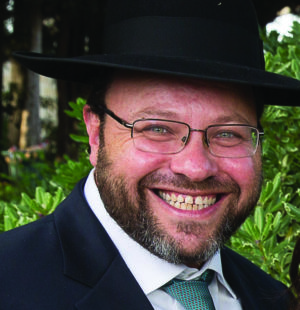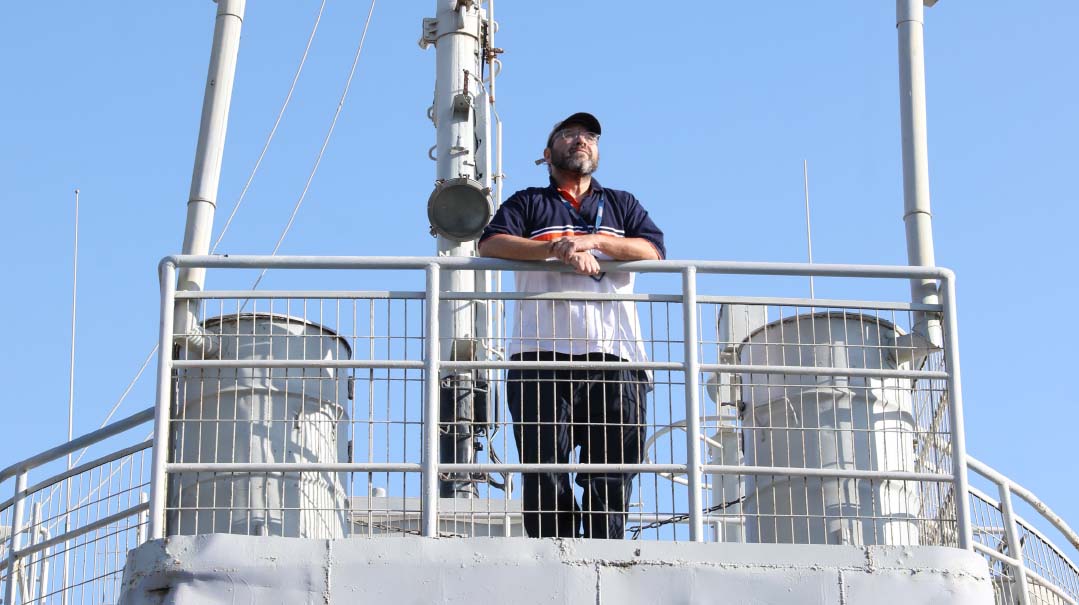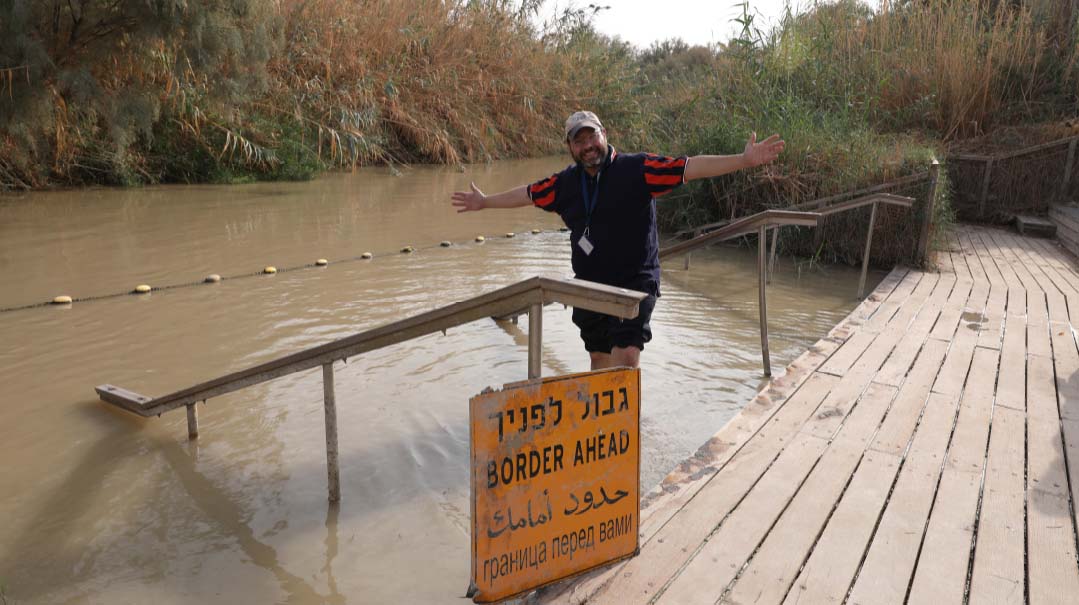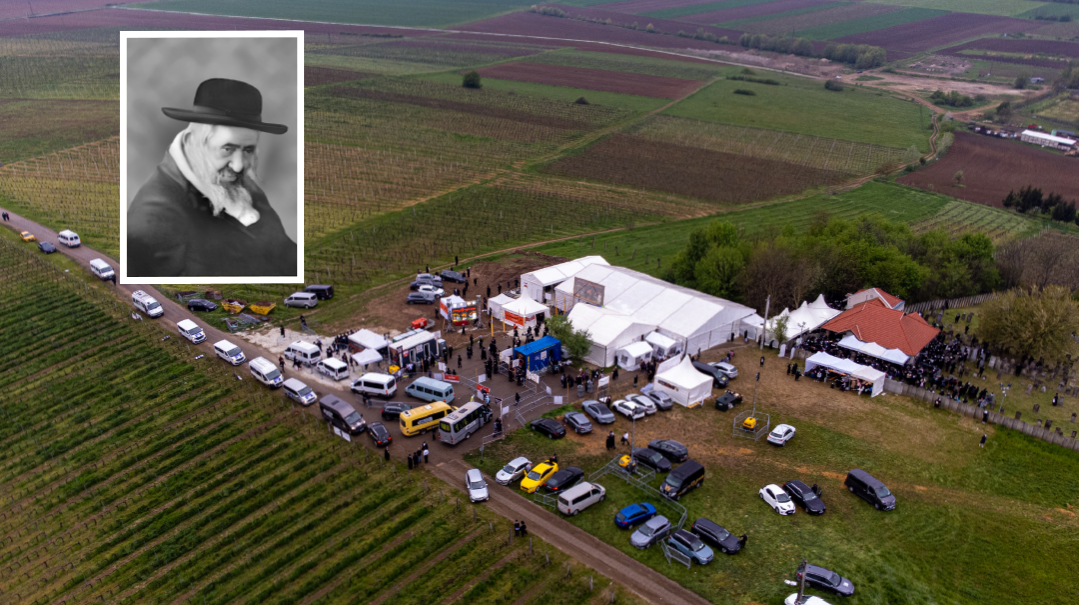First Port of Call

Of course, this is not the first time in history that the Jewish people had challenges coming in to Eretz Yisrael

Photos: Menachem Kalish
While we can’t compare ourselves to the gibborei koach — the holy farmers who have put down their tools during this shemittah year — we tour guides have also had our “shemittah” year while the skies closed. Now, baruch Hashem, the gates are opening and the tourists are beginning to trickle back. Of course, it’s not the first time in history that the Jewish people had challenges coming in to Eretz Yisrael. Today we’re going to travel through time and space and visit some of the ancient gateways to the Holy Land while we connect to the mesirus nefesh our ancestors had as they made their way to these shores. And then a few ishurim from the Interior Ministry and a booster shot might not seem so daunting after all.

Grand Entrance
There’s no better place to start than at the point of our first national entrance to Eretz Yisrael, crossing over the Jordan River from the Plains of Moav in the year 2488. We head into the Jordan Valley on Highway 90 (Israel’s longest highway, going from Metulla in the north all the way down to Eilat) until we get to a site not far from Yericho, known as Qasr al Yahud.
The site we are arriving at was renovated by the Ministry of Tourism in 2011 to serve the many Christians that come here to dip in its “holy” waters as they believe the founder of their faith did. It’s been a baptismal site for centuries, and there are remains here of ancient churches dating back to the fifth and sixth centuries when many monks came out here for meditation and solitude. The name Qasr al Yahud actually means “palace of the Jews,” although the “palace” is a reference to the huge nearby monastery, and the “al Yahud” part is the reason why we are here. This has traditionally been identified as the possible crossing place of Klal Yisrael into Eretz Yisrael, and we’re here to claim it back.
Tourists are often a bit confused and disappointed when they come here. For as we approach the Yarden, all we see in front of us is a small little creek that seemingly could be hopped over even by a child. There is a rope on the water, the kind separating lanes in a swimming pool, and that’s the border between Israel and Jordan. Two young chayalim are posted on our side and we wave to the Jordanians on the other side, less than a stone’s throw away. “This was the big deal, the groyseh Yarden?” tourists inevitably ask me. Well, yes, but the Yarden we’re looking at today is in fact only two percent of what it once was even a half a century ago. Whereas before the establishment of the State of Israel it is estimated that 1.3 billion cubic meters of water flowed down the river annually, today that number has shrunk to 20-30 million cubits. Over the past 70 years, both Israel and Jordan — and even Syria — have been building dams and diverting and drawing water from the Jordan River for their respective country’s needs.
But let’s for moment step back in time about 3,300 years. On the other side of the Yarden would be standing over a million of our ancestors scratching their foreheads and wondering how they were going to get over the huge raging river in front of them. Moshe Rabbeinu had died a little over a month before on 7 Adar. Yehoshua had sent in spies a few days before to the city of Yericho just north of where we’re standing, and they get the all-clear that the land would be conquerable. Yet now, in the month of Nissan when the river is at its highest point, picking up the melting winter snows of the Chermon, they’re faced with the question: How will they get in?
Oops! We could not locate your form.







